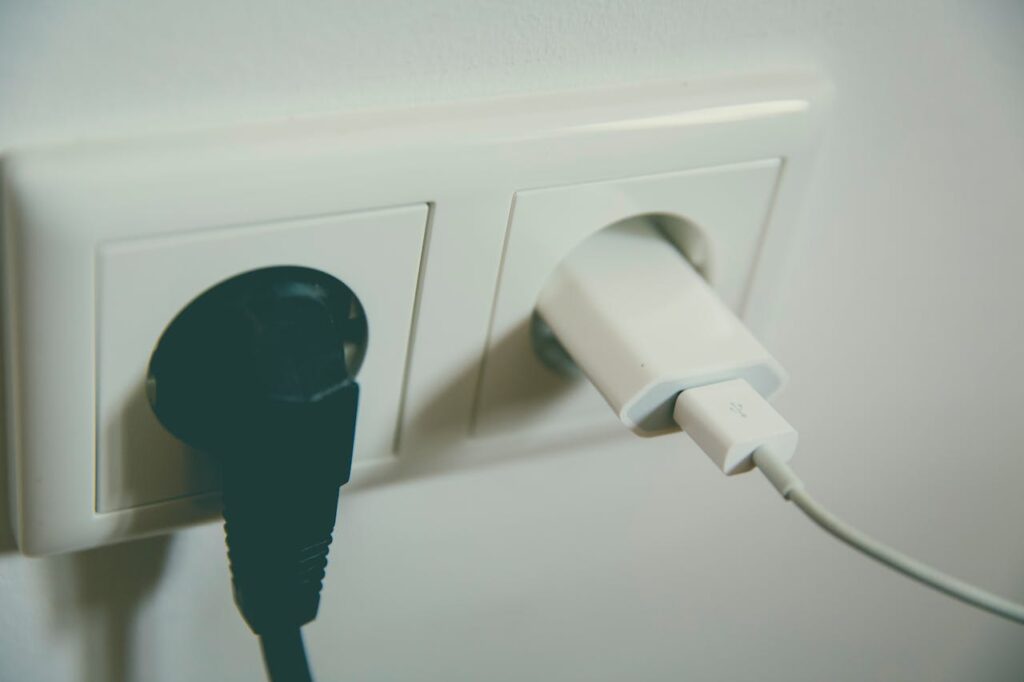Mastering Home Security: Best Practices and Smart Solutions
Essential Home Defense: A Complete Guide to Securing Your Windows and Doors When it comes to the safety of your home, an iron-clad security system is only as strong as its weakest link. More often than not, that vulnerable point is a poorly secured window or door. Home burglaries are a sobering reality, with an estimated 3.7 million home intrusions occurring each year in the United States alone. A proactive approach to securing your residence should include a thorough review of the entry points that could serve as an open invitation to intruders. From the high-tech solutions of the digital age to the timeless techniques our forebears relied on, this comprehensive guide is designed to help homeowners fortify the portals to their homes. We’ll explore the most effective ways to secure your windows and doors—from practical DIY tips to professional-grade products that can reinforce your home’s perimeter. Common Home Entry Points Before we can address how to secure your windows and doors, it’s important to understand why these entry points are key focal points for home security. Understanding Vulnerability Doors and windows are the primary means of entry into your home. For burglars, they represent straightforward opportunities, especially given that they are often the most accessible and least conspicuous entryways. Assessing Risk Factors Properly assessing your home’s risk factors is the first step in strengthening your security. Factors include: Proximity to public access Concealment from neighbors or passersby Type of neighborhoods Previous history of break-ins Effective Techniques for Window Security Windows are not only a source of natural light and ventilation; they can also be a weak point in your home’s security. Here are several techniques to reinforce them. Strategic Plantings Landscaping can serve as a first line of defense. Thorny bushes and dense shrubbery under windows can deter potential intruders from attempting entry through these points. Reinforcement with Locks Simple measures, such as installing window locks, can significantly improve security. Pin locks are affordable and easy to install. Keyed locks provide increased security but may be more complex to install and may slow down your escape in case of a fire. Shatterproof Films Applying shatter-resistant window film strengthens glass against forced entry and also helps protect against storm damage and UV rays. Window Bars and Grilles Grilles and bars may conjure images of prison cells, but they can be an effective deterrent. Consider styles that are easily removed from the inside in case of emergency. Security Cameras and Alarms Visible security cameras and alarms can serve as deterrents to potential intruders. Innovative Door Security Solutions Doors are the gateway to your home and should be at the forefront of your security considerations. Here are some modern approaches to door security. Smart Locks Smart locks offer keyless entry and the ability to monitor access to your home from anywhere via your smartphone. Reinforced Strike Plates A door’s weakest area is often the strike plate, which houses the latch or deadbolt. Reinforce this with heavy-duty hardware. Electronic Key Fobs These fobs typically unlock doors within a short range and can be programmed to limit the timeframe or specific hours the door can be opened. Peephole Cameras A high-definition camera with smart features like two-way audio can allow you to keep an eye on your entryway in real-time. Door Security Bars and Devices Devices such as adjustable security bars can make it nearly impossible for doors to be forced open. DIY Tips for Homeowners If you’re a fan of DIY projects, there are many steps you can take to secure your home without relying on professional services. Replacing Screws and Hinges One of the simplest improvements is to replace the short screws in door hinges and strikes with long, heavy-duty versions. This additional length will secure them more effectively to the frame. Upgrading Locks Changing locks may sound daunting, but the process is relatively straightforward. Ensure that any lock you install complies with local fire safety codes. Trim Overhanging Trees Overhanging branches offer an easy way to access upper-level windows. Keeping them trimmed away from the house can prevent this. Install Window Locks and Alarms There are a variety of window locks designed for easy DIY installation. You can also install wireless window alarms that trigger when the window is opened or broken. Maintain Your Doors and Windows Check all doors and windows for signs of wear or damage and make repairs as needed. Enhancing Home Security on a Budget Bolstering your home’s defenses doesn’t have to break the bank. Here are some ways to maximize security on a budget. Utilize Commonplace Deterrents Place stickers and signs from home security companies—whether or not you have a contract—on prominent display. The visual association alone can make potential intruders think twice. Upgrade Entry Points Gradually You don’t have to transform your home overnight. Start with the most critical entry points and upgrade them one at a time. Utilize Wireless Options Wireless security systems for doors, windows, and rooms offer flexibility and ease of installation without the need for professional wiring. Strategic Lighting Intruders prefer to operate under the cover of darkness. Motion-activated lights can cast a bright spotlight on any potential threat. Rekey or Replace Consider rekeying or replacing door locks if you’ve recently moved into a new home or misplaced keys. This is a relatively low-cost measure that can significantly enhance security. Conclusion Ensuring the safety of your home and its occupants is a non-negotiable priority. Taking proactive measures to secure your windows and doors is an important aspect of that responsibility. By implementing the strategies outlined in this guide, you can significantly enhance your home’s security and deter potential intruders. Begin with a comprehensive assessment of your current home security status, then move on to securing each entry point with the most effective methods available. Whether you choose to invest in cutting-edge technology or opt for traditional, DIY solutions, the peace of mind that comes with a secure home is a priceless benefit. Remember, the investment you make in home defense









